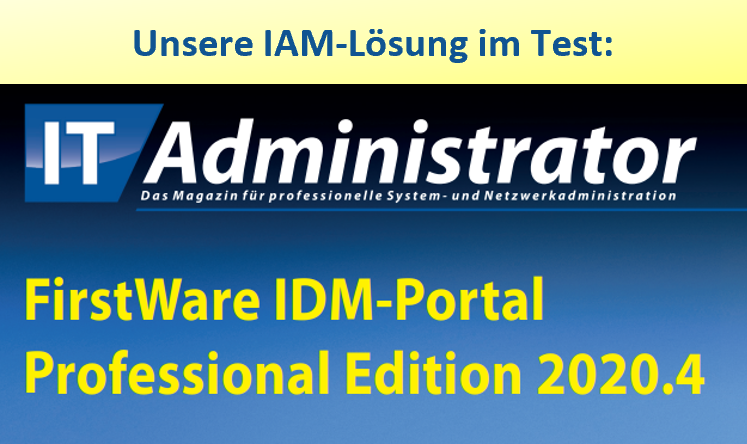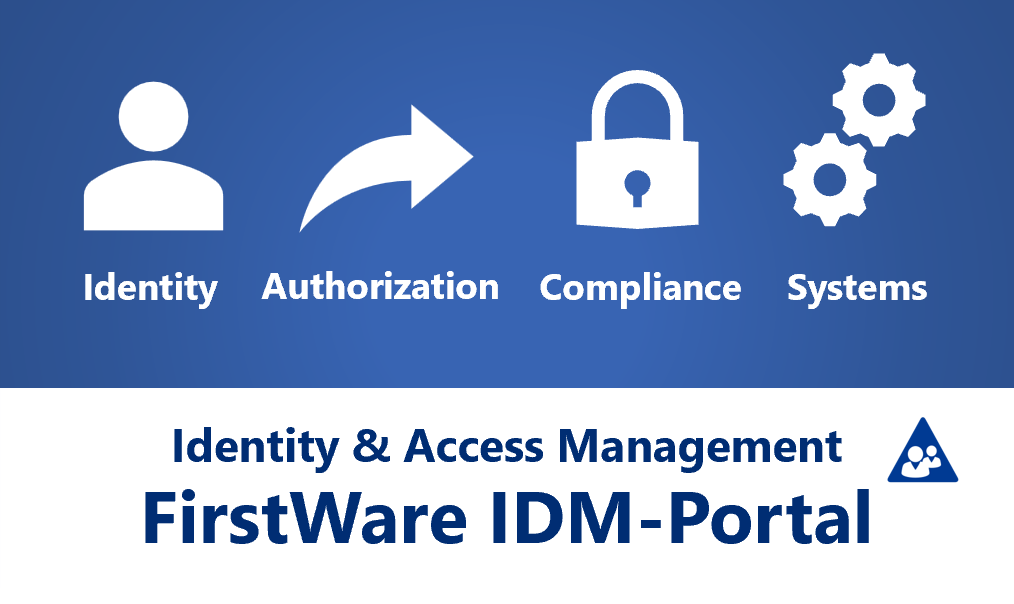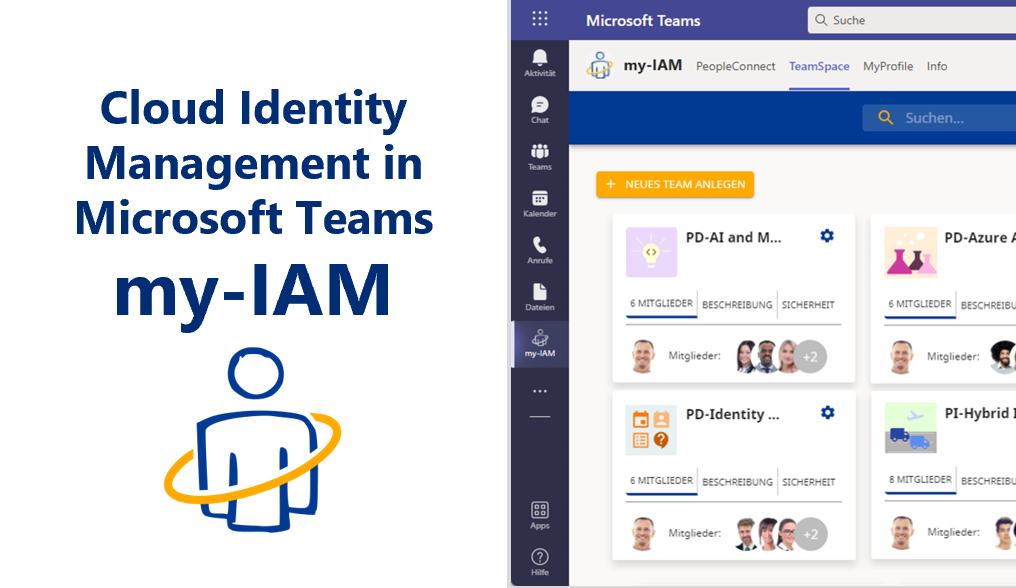Wann wurde ein Active Directory Objekt auf einem Domain Controller angelegt?
Ich habe nach einer Lösung gesucht, wie man feststellen kann wann ein Active Directory Objekt auf einem Domain Controller angelegt / hinrepliziert wurde. Die Lösung steht in den Metadaten des Active Directory Objektes!
Index
Wann wurde das Active Directory Objekt erstellt?
Man kann sich die Metadaten eines Active Directory Objektes wie bereits von Jens im Artikel ( https://www.active-directory-faq.de/2011/08/active-directory-anderungen-an-objekten-nachverfolgen/ ) beschrieben über das Tool „repadmin“ anzeigen lassen.
Hier muss man dann das Änderungsdatum am Attribute „cn“ des Active Directory Objektes betrachten. Dieses Datum zeigt an wann das Active Directory Objekt auf welchem Domain Controller angelegt wurde.
Ausnahme : Das Attribute „cn“ wurde im Nachhinein geändert.
Das folgende Powershellskript erledigt diese Arbeit von alleine.
PowerShell: Zeitpunkt der Erstellung des AD Objekts auf dem DC
|
1 2 3 4 5 6 7 8 9 10 11 12 13 14 15 16 17 18 19 |
add-PSSnapin "Quest.ActiveRoles.ADManagement" -ErrorAction:SilentlyContinue $userName = "waniert" Connect-QADService "firstattribute.com" $user = Get-QADUser -SamAccountName $userName -Service $dc.dNSHostName $distinghuishedName = $user.DN $domainControllers = Get-QADComputer -ComputerRole:DomainController foreach($dc in $domainControllers) { $result = repadmin /showmeta "$distinghuishedName" $dc.dNSHostName foreach( $line in $result) { if($line.ToString().EndsWith("cn")) { $line } } } |
Das Ergebnis sieht dann wie folgt aus:
|
1 2 3 4 5 6 7 8 9 10 11 12 |
6320129 NA-USWYA-S\<strong><span style="color: #ff0000;">DC01 </span></strong> 6320129 <span style="color: #ff0000;"><strong>2011-08-11 15:30:00 </strong></span> 2 cn 7189501 NA-USTAZ-S\<strong><span style="color: #ff0000;">DC02 </span></strong> 7189501 <span style="color: #ff0000;"><strong>2011-08-11 15:37:37</strong> </span> 2 cn 8879711 EU-ESTAR-S\<strong><span style="color: #ff0000;">DC03 </span></strong> 8879711 <span style="color: #ff0000;"><strong>2011-08-11 15:20:20</strong> </span> 2 cn 8053118 EU-GBCDH-S\<strong><span style="color: #ff0000;">DC04 </span></strong> 8053118 <span style="color: #ff0000;"><strong>2011-08-11 15:23:53</strong> </span> 3 cn 7105090 NA-USNPD-S\<span style="color: #ff0000;"><strong>DC05 </strong></span> 7105090 <span style="color: #ff0000;"><strong>2011-08-11 15:29:21 </strong></span> 2 cn 6878828 NA-USZGF-S\<strong><span style="color: #ff0000;">DC06 </span></strong> 6878828 <span style="color: #ff0000;"><strong>2011-08-11 15:30:07 </strong></span> 2 cn 8759518 AP-SGSIN-H\<strong><span style="color: #ff0000;">DC07 </span></strong> 8759518 <span style="color: #ff0000;"><strong>2011-08-11 15:28:24 </strong></span> 2 cn 7026860 EU-FRCGI-S\<strong><span style="color: #ff0000;">DC08 </span></strong> 7026860 <span style="color: #ff0000;"><strong>2011-08-11 15:23:20 </strong></span> 2 cn 6767427 NA-USFP2-S\<strong><span style="color: #ff0000;">DC09 </span></strong> 6767427 <span style="color: #ff0000;"><strong>2011-08-11 15:30:07 </strong></span> 2 cn 9178276 NA-USAND-H\<span style="color: #ff0000;">DC10 </span> 9178276 <span style="color: #ff0000;"><strong>2011-08-11 15:24:01 </strong></span> 2 cn 1164979 EU-DELUH-H\<strong><span style="color: #ff0000;">DC11 </span></strong> 1164979 <span style="color: #ff0000;"><strong>2011-08-22 11:19:30 </strong></span> 1 cn 34002699 EU-DELUH-H\<strong><span style="color: #ff0000;">DC12 </span></strong> 34002699 <span style="color: #ff0000;"><strong>2011-08-11 15:19:13 </strong></span> 3 cn |







Leave a Reply
<p>Danke für Ihre Anregungen, Fragen und Hinweise.<br/>Infos zum <a href="https://www.active-directory-faq.dekontakt/">Datenschutz</a></p>